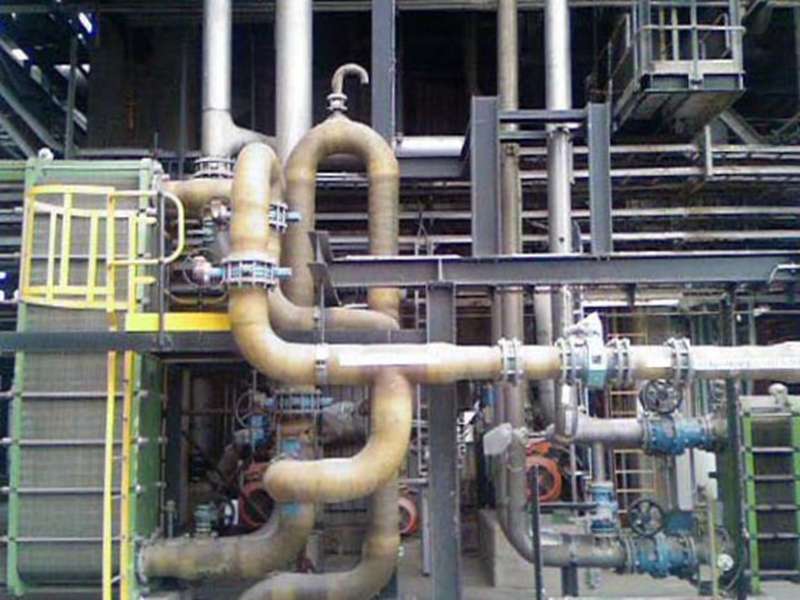
-
 Afrikaans
Afrikaans -
 Albanian
Albanian -
 Amharic
Amharic -
 Arabic
Arabic -
 Armenian
Armenian -
 Azerbaijani
Azerbaijani -
 Basque
Basque -
 Belarusian
Belarusian -
 Bengali
Bengali -
 Bosnian
Bosnian -
 Bulgarian
Bulgarian -
 Catalan
Catalan -
 Cebuano
Cebuano -
 China
China -
 China (Taiwan)
China (Taiwan) -
 Corsican
Corsican -
 Croatian
Croatian -
 Czech
Czech -
 Danish
Danish -
 Dutch
Dutch -
 English
English -
 Esperanto
Esperanto -
 Estonian
Estonian -
 Finnish
Finnish -
 French
French -
 Frisian
Frisian -
 Galician
Galician -
 Georgian
Georgian -
 German
German -
 Greek
Greek -
 Gujarati
Gujarati -
 Haitian Creole
Haitian Creole -
 hausa
hausa -
 hawaiian
hawaiian -
 Hebrew
Hebrew -
 Hindi
Hindi -
 Miao
Miao -
 Hungarian
Hungarian -
 Icelandic
Icelandic -
 igbo
igbo -
 Indonesian
Indonesian -
 irish
irish -
 Italian
Italian -
 Japanese
Japanese -
 Javanese
Javanese -
 Kannada
Kannada -
 kazakh
kazakh -
 Khmer
Khmer -
 Rwandese
Rwandese -
 Korean
Korean -
 Kurdish
Kurdish -
 Kyrgyz
Kyrgyz -
 Lao
Lao -
 Latin
Latin -
 Latvian
Latvian -
 Lithuanian
Lithuanian -
 Luxembourgish
Luxembourgish -
 Macedonian
Macedonian -
 Malgashi
Malgashi -
 Malay
Malay -
 Malayalam
Malayalam -
 Maltese
Maltese -
 Maori
Maori -
 Marathi
Marathi -
 Mongolian
Mongolian -
 Myanmar
Myanmar -
 Nepali
Nepali -
 Norwegian
Norwegian -
 Norwegian
Norwegian -
 Occitan
Occitan -
 Pashto
Pashto -
 Persian
Persian -
 Polish
Polish -
 Portuguese
Portuguese -
 Punjabi
Punjabi -
 Romanian
Romanian -
 Russian
Russian -
 Samoan
Samoan -
 Scottish Gaelic
Scottish Gaelic -
 Serbian
Serbian -
 Sesotho
Sesotho -
 Shona
Shona -
 Sindhi
Sindhi -
 Sinhala
Sinhala -
 Slovak
Slovak -
 Slovenian
Slovenian -
 Somali
Somali -
 Spanish
Spanish -
 Sundanese
Sundanese -
 Swahili
Swahili -
 Swedish
Swedish -
 Tagalog
Tagalog -
 Tajik
Tajik -
 Tamil
Tamil -
 Tatar
Tatar -
 Telugu
Telugu -
 Thai
Thai -
 Turkish
Turkish -
 Turkmen
Turkmen -
 Ukrainian
Ukrainian -
 Urdu
Urdu -
 Uighur
Uighur -
 Uzbek
Uzbek -
 Vietnamese
Vietnamese -
 Welsh
Welsh -
 Bantu
Bantu -
 Yiddish
Yiddish -
 Yoruba
Yoruba -
 Zulu
Zulu
Lightweight and Durable FRP Boat Hull for Enhanced Performance and Versatility
The Advantages and Innovations of FRP Boat Bodies
The maritime industry has experienced significant advancements in materials science, particularly with the introduction of Fiber Reinforced Polymer (FRP) as a dominant choice for boat construction. The FRP boat body represents a fusion of strength, durability, and flexibility, making it a preferred option for both recreational and commercial vessels. In this article, we will explore the advantages and innovations surrounding FRP boat bodies, and how they transform the boating experience.
The Advantages and Innovations of FRP Boat Bodies
Durability is another crucial aspect where FRP excels. Unlike wood, which can rot, and metals, which can corrode, FRP is highly resistant to the elements. This resilience stems from its composition—a combination of plastic polymers reinforced with glass fibers—which provides added strength against impacts and weathering. For boat owners, this means less maintenance, lower repair costs, and a longer lifespan for their vessels. Additionally, FRP boat bodies are less likely to suffer from the structural integrity issues that plague traditional materials over time.
frp boat body

Moreover, FRP offers significant design flexibility. The molding processes used in FRP construction allow for a wide variety of shapes and sizes, enabling manufacturers to create custom designs that may be impossible with wood or metal. This innovation has not only led to aesthetically pleasing vessels but has also advanced functionality, accommodating specific needs such as improved storage space or enhanced buoyancy. For example, the ability to create intricate hull designs can improve hydrodynamics, enhancing overall performance on the water.
The environmental aspect of using FRP is worth noting as well. Many modern FRP processes are designed with sustainability in mind, utilizing recycled materials or bio-based resins. This approach reduces the carbon footprint associated with boat production and promotes eco-friendly practices within the industry. Furthermore, the longevity of FRP materials means fewer boats end up in landfills, as they do not degrade as rapidly as traditional materials.
Another notable innovation in FRP boat construction is the incorporation of smart technologies. Modern FRP boats often feature built-in sensors and monitoring systems that provide real-time data about the vessel's condition. This capability can alert owners to maintenance needs before they become serious problems, further prolonging the boat's life and enhancing safety on the water.
In conclusion, the evolution of FRP boat bodies embodies the intersection of innovation, efficiency, and sustainability. These vessels provide boat owners with a reliable, durable, and versatile option, while also embracing modern technological advancements. With lighter weights, increased durability, and design flexibility, FRP boats are well-equipped to meet the diverse needs of today's maritime enthusiasts. As we move forward, it is likely that the use of FRP will expand further, shaping the future of boat construction and redefining experiences on the water. Whether for leisure cruising or challenging commercial tasks, FRP boats stand out as a remarkable choice in the ever-evolving landscape of marine technology.









